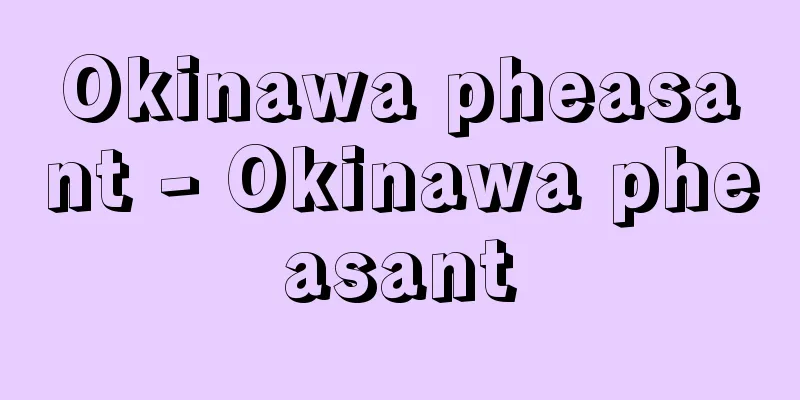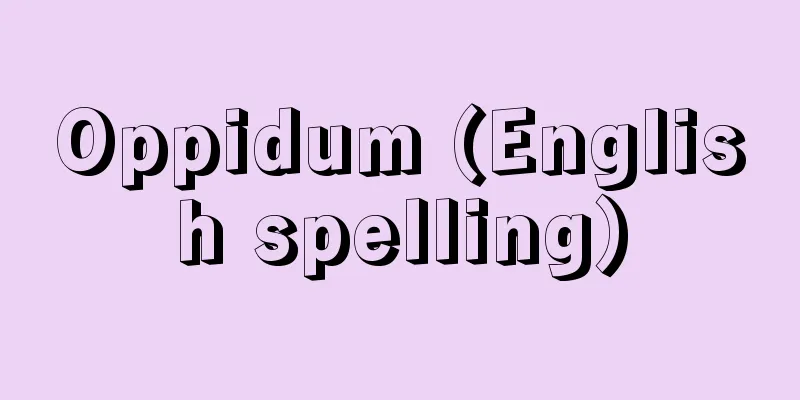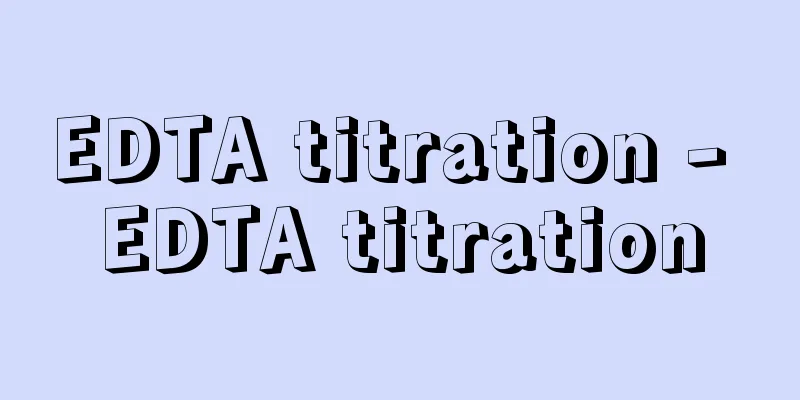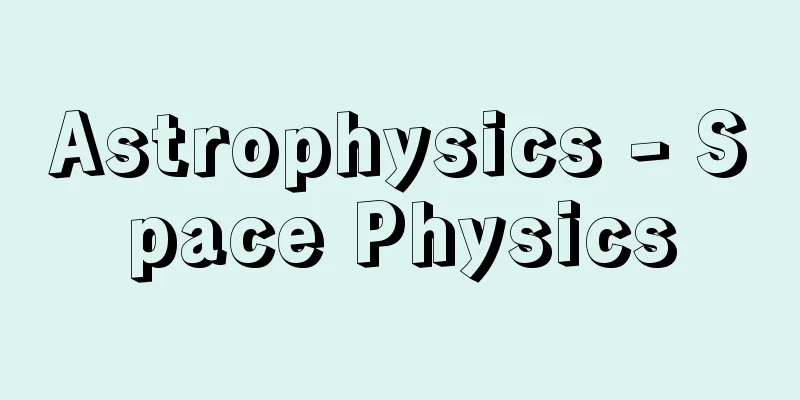Iroha song - Iroha song
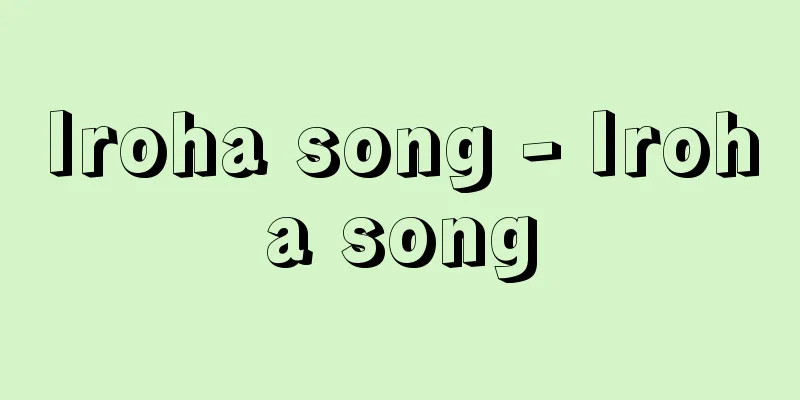
|
This is a 47-character poem in the modern style of 7-5 rhythm, in which all kana are read without repeating the same kana. Normally, each kana is read separately, but when kanji are assigned according to the meaning of the poem and voiced marks are added, it becomes as follows. The color is fragrant, but it has faded away. Who in this world can ever remain eternal? In the mountains of the world of the living. [Kondo Yasuhiro] "Oya Toru's 'Sound Chart and Practice of Songs' (1918, Dainihon Tosho/Reprint edition, 1969, Benseisha)" ▽ "Komatsu Hideo's 'Iroha Uta' (Chuko Shinsho)" ▽ "Takahashi Aiji's 'Iroha Uta' (1974, Sanseido)" Source: Shogakukan Encyclopedia Nipponica About Encyclopedia Nipponica Information | Legend |
|
すべてのかなを、同じかなを繰り返さずに読み込んだ、七五調の今様(いまよう)の形式をとった47字の歌。通常は各仮名を、清音で1字1字別々に読むが、歌の意味にそって漢字をあて、濁点をつけると、次のようになる。 色(いろ)は匂(にほ)へど 散(ち)りぬるを [近藤泰弘] 『大矢透著『音図及手習詞歌考』(1918・大日本図書/復刻版・1969・勉誠社)』▽『小松英雄著『いろはうた』(中公新書)』▽『高橋愛次著『伊呂波歌考』(1974・三省堂)』 出典 小学館 日本大百科全書(ニッポニカ)日本大百科全書(ニッポニカ)について 情報 | 凡例 |
Recommend
materials handling
…Transportation generally means the movement of m...
Mr. Shouji
A medieval samurai family from Musashi. They were ...
Torque - Toruku (English spelling)
This is the moment of force acting on a rotating ...
Regression analysis
Regression analysis is a method of dividing a grou...
Tateyama
A mountain in the southeastern part of Toyama Pre...
Hermann Haack
…It is located in the north of the Thuringian For...
Chest breathing
This type of breathing is mainly achieved by perio...
Transverse colon - Transverse colon
The part of the colon that is the main part of the...
Boron nitride (boron nitride)
Chemical formula: BN. It is produced by mixing sod...
Shikoku 88 Temples - Shikoku Hachiju Hakkashyo
Shikoku Pilgrimage, also known as the 88 Temples o...
Blue Ribbon (Riband) of the Atlantic
…The Blue Ribbon became the nickname for first pl...
Eastern Orthodox Church
It is one of the three major denominations of Chr...
Kirtivarman I (English spelling)
… The Badami Chalukya dynasty (early Western Chal...
Tomás de Zumárraga
A Spanish Dominican missionary. He came to Japan ...
Ezo Bakagai - Ezo Bakagai
...In addition, when young, they have a radial li...


